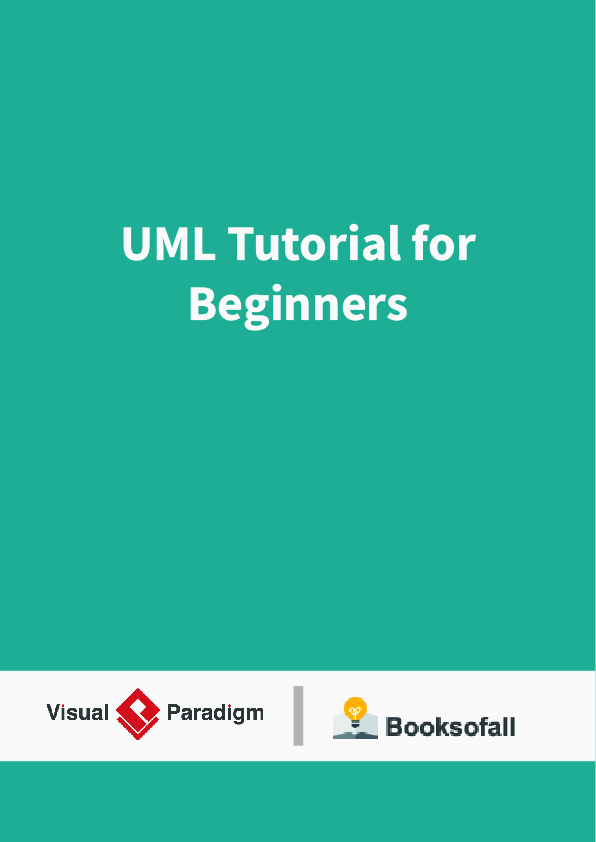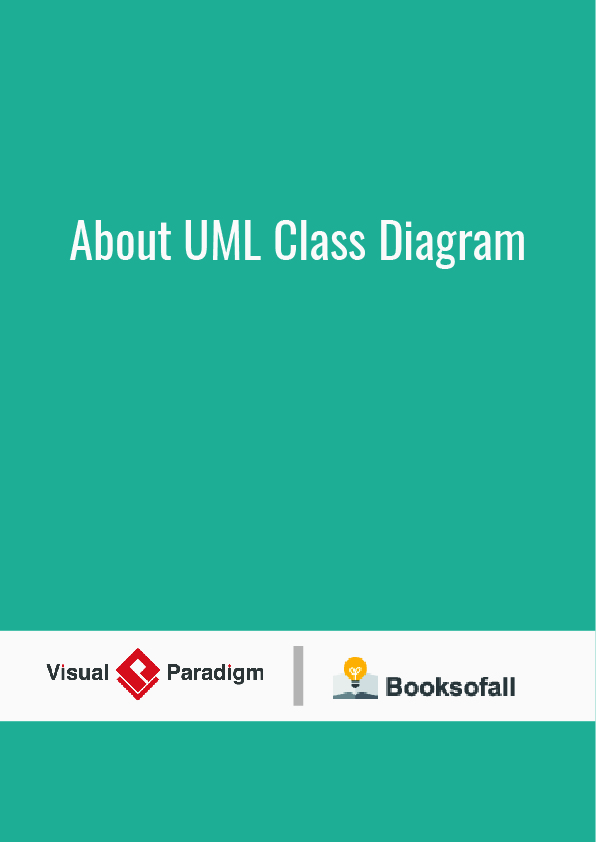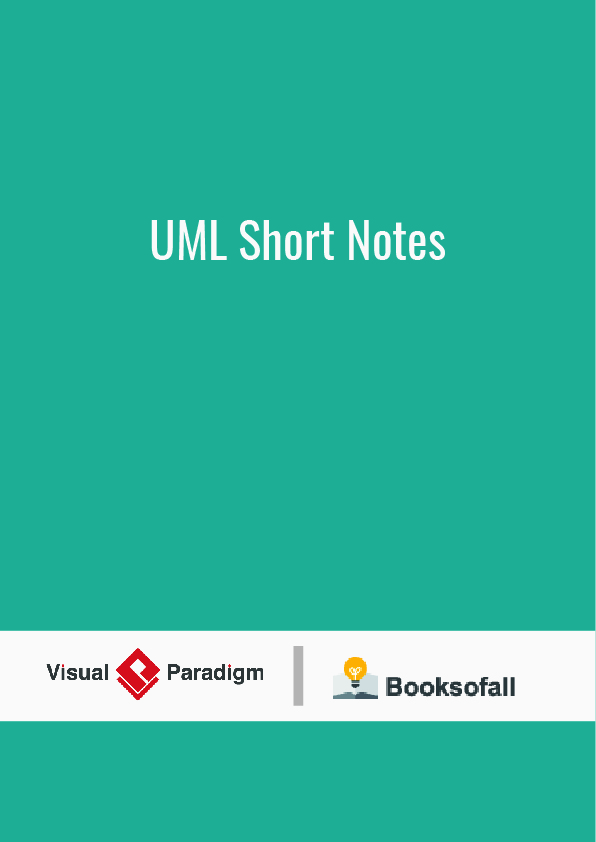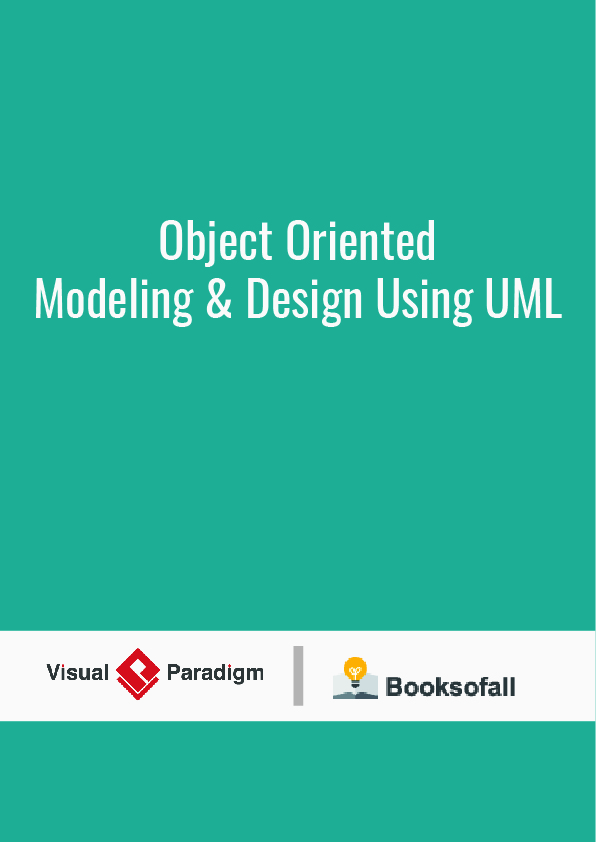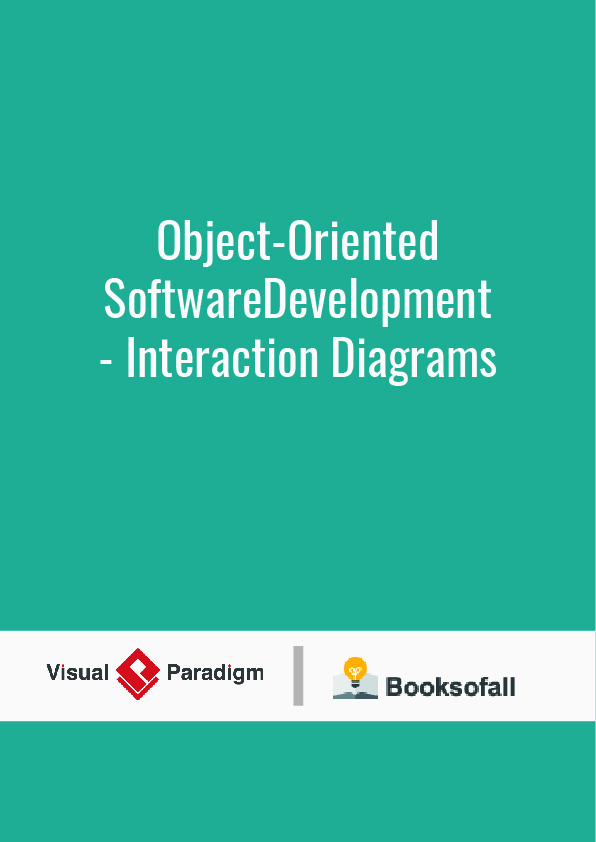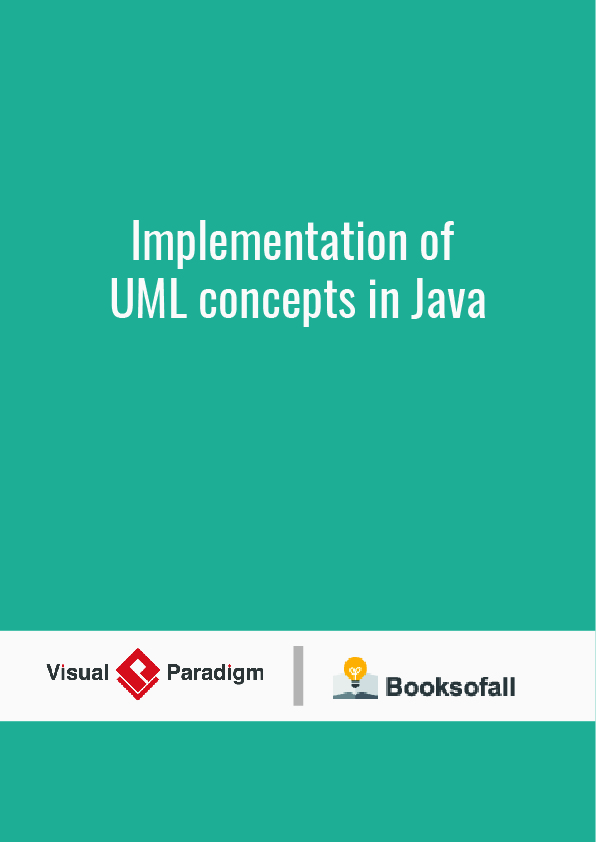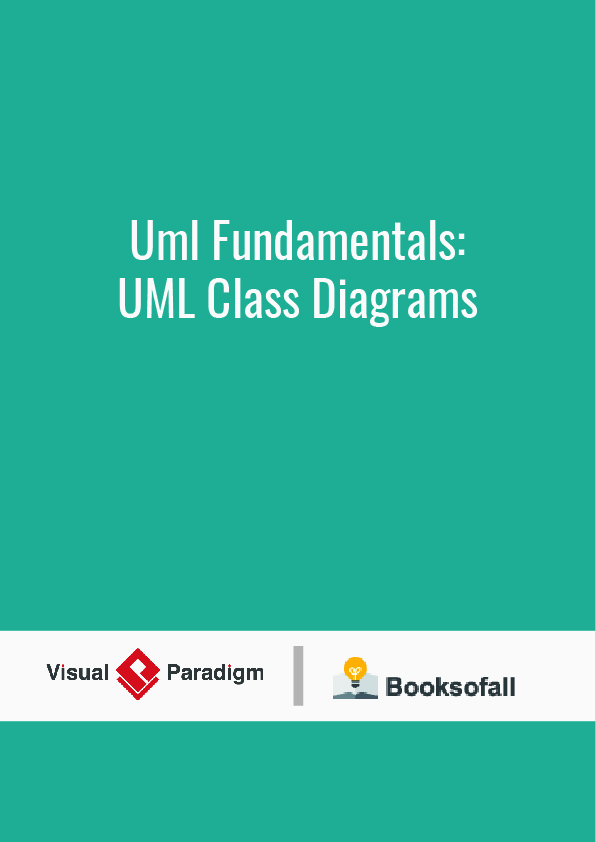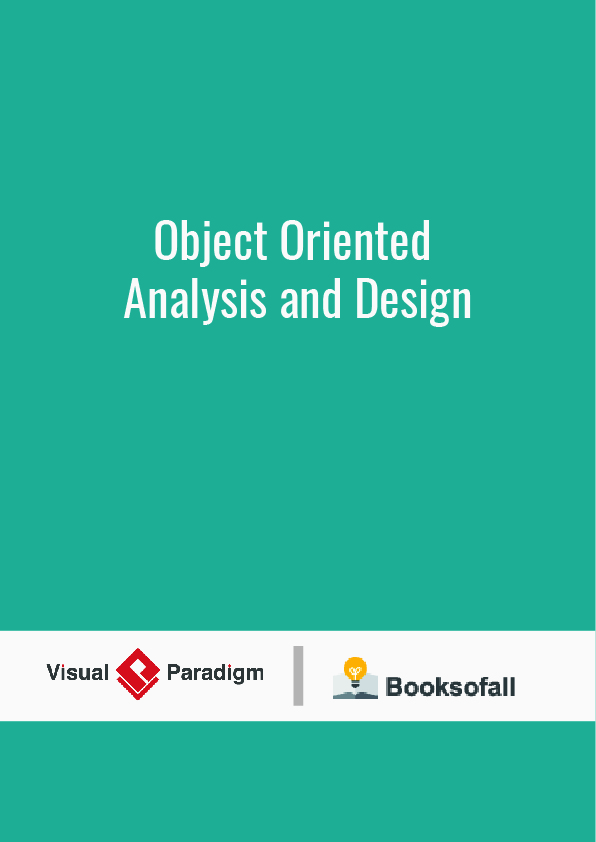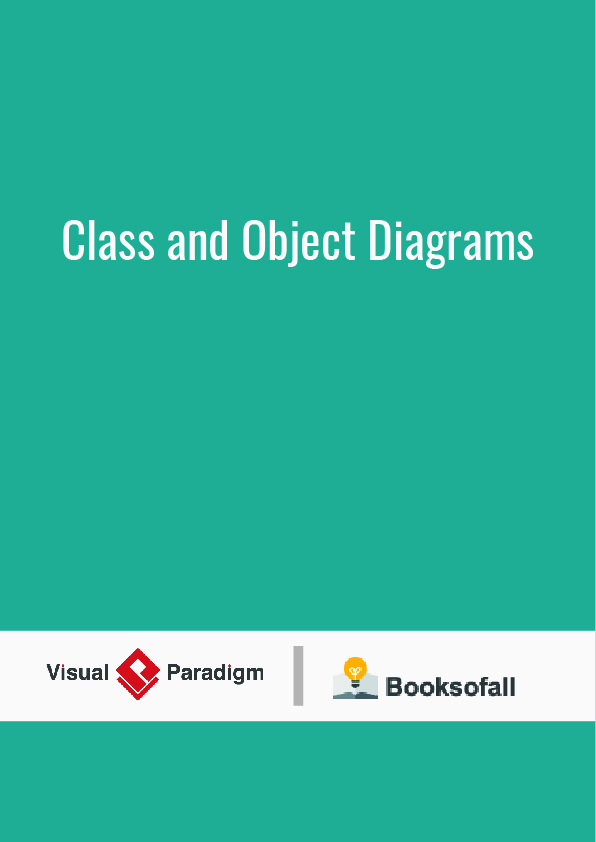The Unified Modeling Language (UML) is a general-purpose, developmental, modeling language in the field of software engineering that is intended to provide a standard way to visualize the design of a system.
The creation of UML was originally motivated by the desire to standardize the disparate notational systems and approaches to software design. It was developed at Rational Software in 1994–1995, with further development led by them through 1996.
In 1997, UML was adopted as a standard by the Object Management Group (OMG), and has been managed by this organization ever since. In 2005, UML was also published by the International Organization for Standardization (ISO) as an approved ISO standard. Since then the standard has been periodically revised to cover the latest revision of UML. In software engineering, most practitioners do not use UML, but instead produce informal hand drawn diagrams; these diagrams, however, often include elements from UML.
Before UML 1.0
UML has been evolving since the second half of the 1990s and has its roots in the object-oriented programming methods developed in the late 1980s and early 1990s. The timeline (see image) shows the highlights of the history of object-oriented modeling methods and notation.
It is originally based on the notations of the Booch method, the object-modeling technique (OMT) and object-oriented software engineering (OOSE), which it has integrated into a single language.
Rational Software Corporation hired James Rumbaugh from General Electric in 1994 and after that the company became the source for two of the most popular object-oriented modeling approaches of the day: Rumbaugh’s object-modeling technique (OMT) and Grady Booch‘s method. They were soon assisted in their efforts by Ivar Jacobson, the creator of the object-oriented software engineering (OOSE) method, who joined them at Rational in 1995.
UML 1.x
Under the technical leadership of those three (Rumbaugh, Jacobson and Booch), a consortium called the UML Partners was organized in 1996 to complete the Unified Modeling Language (UML) specification, and propose it to the Object Management Group (OMG) for standardization. The partnership also contained additional interested parties (for example HP, DEC, IBM and Microsoft). The UML Partners’ UML 1.0 draft was proposed to the OMG in January 1997 by the consortium. During the same month the UML Partners formed a group, designed to define the exact meaning of language constructs, chaired by Cris Kobryn and administered by Ed Eykholt, to finalize the specification and integrate it with other standardization efforts. The result of this work, UML 1.1, was submitted to the OMG in August 1997 and adopted by the OMG in November 1997.
After the first release a task force was formed to improve the language, which released several minor revisions, 1.3, 1.4, and 1.5.
The standards it produced (as well as the original standard) have been noted as being ambiguous and inconsistent.
Cardinality notation
As with database Chen, Bachman, and ISO ER diagrams, class models are specified to use “look-across” cardinalities, even though several authors (Merise, Elmasri & Navathe amongst others ) prefer same-side or “look-here” for roles and both minimum and maximum cardinalities. Recent researchers (Feinerer, Dullea et al.) have shown that the “look-across” technique used by UML and ER diagrams is less effective and less coherent when applied to n-ary relationships of order strictly greater than 2.
Feinerer says: “Problems arise if we operate under the look-across semantics as used for UML associations. Hartmann. investigates this situation and shows how and why different transformations fail.”, and: “As we will see on the next few pages, the look-across interpretation introduces several difficulties which prevent the extension of simple mechanisms from binary to n-ary associations.”
UML 2
UML 2.0 major revision replaced version 1.5 in 2005, which was developed with an enlarged consortium to improve the language further to reflect new experience on usage of its features.
Although UML 2.1 was never released as a formal specification, versions 2.1.1 and 2.1.2 appeared in 2007, followed by UML 2.2 in February 2009. UML 2.3 was formally released in May 2010. UML 2.4.1 was formally released in August 2011. UML 2.5 was released in October 2012 as an “In progress” version and was officially released in June 2015. Formal version 2.5.1 was adopted in December 2017.
There are four parts to the UML 2.x specification:
- The Superstructure that defines the notation and semantics for diagrams and their model elements
- The Infrastructure that defines the core metamodel on which the Superstructure is based
- The Object Constraint Language (OCL) for defining rules for model elements
- The UML Diagram Interchange that defines how UML 2 diagram layouts are exchanged
Until UML 2.4.1, the latest versions of these standards were:
- UML Superstructure version 2.4.1
- UML Infrastructure version 2.4.1
- OCL version 2.3.1
- UML Diagram Interchange version 1.0.
Since version 2.5, the UML Specification has been simplified (without Superstructure and Infrastructure), and the latest versions of these standards are now:
- UML Specification 2.5.1
- OCL version 2.4
It continues to be updated and improved by the revision task force, who resolve any issues with the language.
